Abbey of S.Pancrazio
al Fango
 |
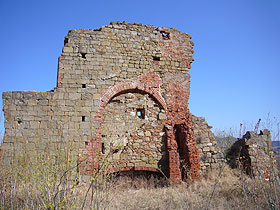 |
The Natural Riserve of Diaccia-Botrona extends between Castiglione della Pescaia and Grosseto, where once was Lake Prile. Clodia island is found at the far north east corner of the wetlands. The directions are found along the SP3 Strada Provinciale Del Padule..
» Where is the Abbey of San Pancrazio located ?
The 'Badiola' or Abbey al Fango (from the Latin Lutum), better know as the 'Badia', is mentioned as far back as the 9th century, while real notices of the Abbey of San Pancrazio are from the 12th century up until the middle of the 14th century. The monastic community first depended on the Lambardi di Buriano, then at the beginning of the 1300’s to Pisa which made the defense walls, of which there is no longer any trace. In 1398 it became part of the Principality of Piombino. The ruins, very few in fact, are still visibile on the top of the hill that above the wetlands of Diaccia-Botrona (also called the Island of Clodia because the Roman family Clodi built their villa here in the 1st century b.c. as mentioned by Cicerone and Plinio) and that up until its drainage in the last two centuries, rises from the Lake Prile. In front of the abbey a naval fleet was active.
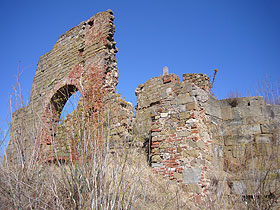 |
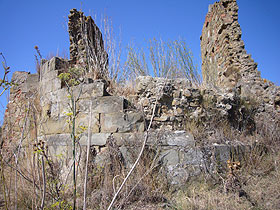 |
The ruins are of a Romanesque church and hall with a semi-circular apse although only due walls remain built with an exterior lining of stones that cover a conglomerate of about 80 cm. thick. A lancet arch opens on the southern wall that faces the lake, the other wall is characterized by the presence of a niche. Traces of the apse are still visible facing the east. The medieval monastery was dedicated to Saint Libertesca and was probably built on the remains of the Roman villa. There are no traces of other buildings of the Abbey.
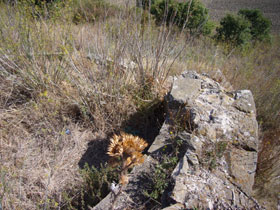 |
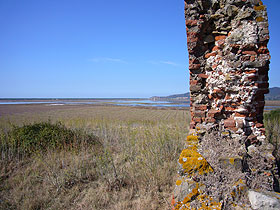 |
In 1835, Leopoldo II of Lorena, Grand Duchy of Tuscany, commissioned the building of a villa, never completed. Only the a piece of the terrace of the belvedere was started, of which some remains can be found on the southern side of the hill and can probably be mistaken for a bastion.
| Back to Beyond the Castles Index |
| Back to Homepage |
| Back to Castles Index |